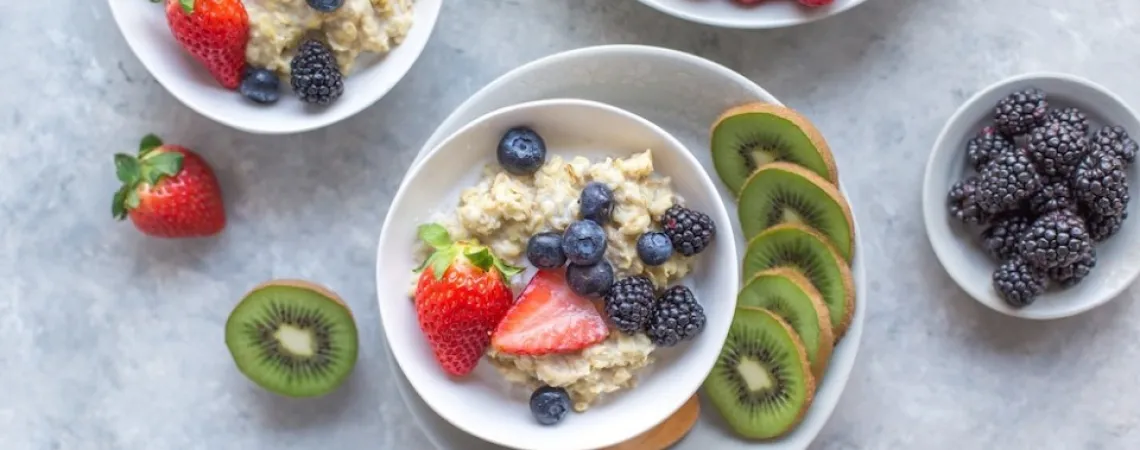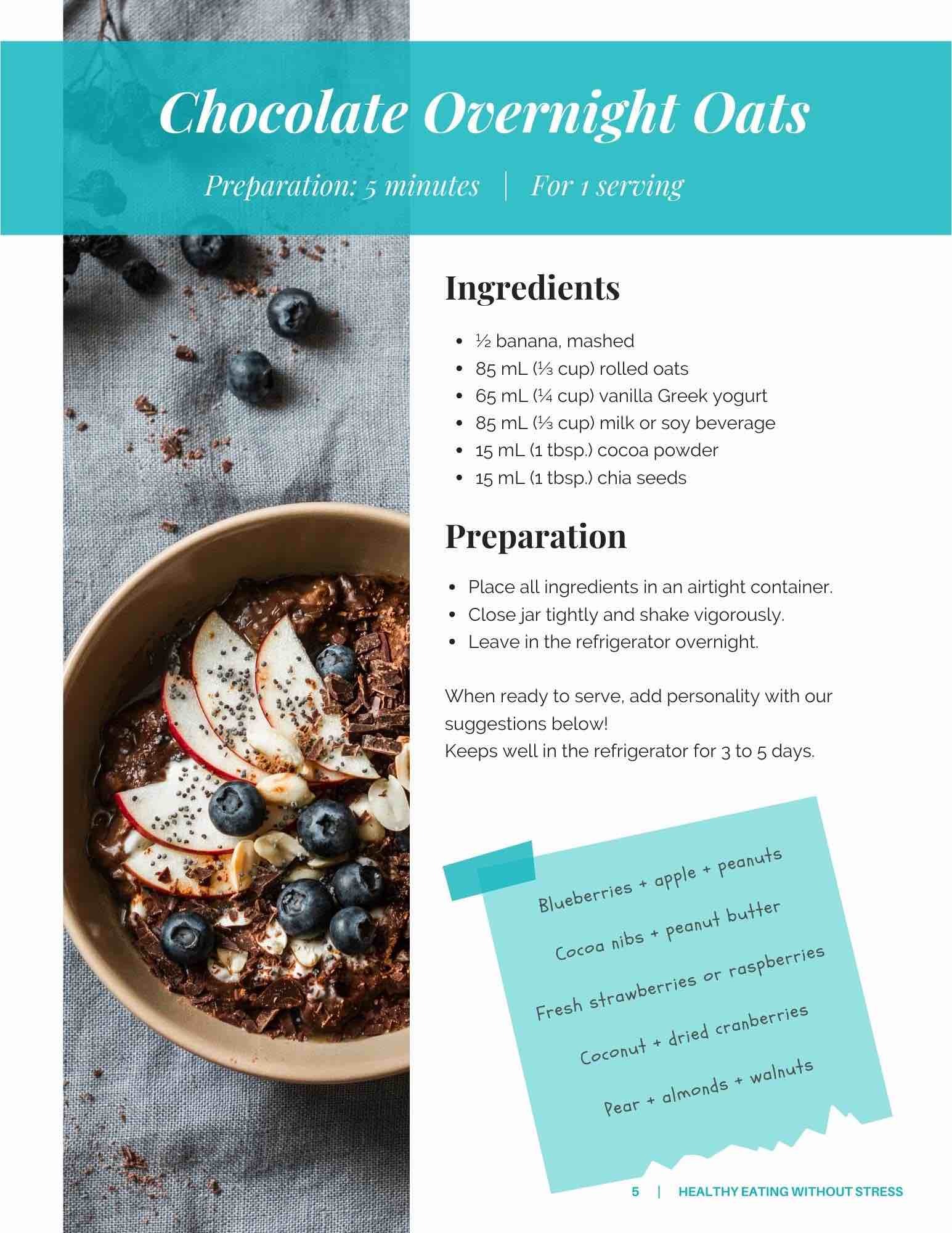
The Benefits of Dietary Fibre
The effect of dietary fibre on regulating bowel movements is quite well-known. It helps maintain regular elimination and can help prevent or treat constipation.
Fibre also has other, slightly less known virtues. For example, it plays a role in our satiety levels. It allows us to feel fuller for longer after a meal or snack, which aids in healthy weight management if that is our intention.
Fibre also plays a role in regulating blood sugar levels. The fibre in foods helps better control the rise in blood sugar after eating, which can be particularly useful for people with diabetes who require better blood sugar regulation.
How to incorporate more fibre into your diet
1. Eat whole fruits and vegetables (bonus points for keeping the edible peel)
Compared to juices, whole fruits and vegetables not only contain several vitamins and minerals but also a significant amount of fibre. Fibre content is generally higher in the peel than in the flesh, which is why it is important not to remove it.
2. Try oatmeal for breakfast
Soluble fibres such as beta-glucan found in oats can help regulate blood cholesterol. These viscous fibres bind to cholesterol and promote its elimination through stool. For those who want an alternative to oatmeal, it is possible to consume oats in other forms. Homemade granola can be added to yogurt or smoothies. This brings me to the next point.
3. Add flaxseeds to your smoothie
The options for smoothies are almost limitless, as it is easy to add foods that provide a nutritional boost. For example, flaxseeds contain a significant amount of fibre and are better absorbed when freshly ground. Other types of seeds can also be added as they each have unique nutritional advantages.
4. Choose whole grain products
Whole grain products such as whole wheat pasta, whole grain bread, and brown rice contain more fibre than refined grains made from white flour. It is an easy way to consume more fibre without significantly affecting our food choices.
5. Add legumes to your meals
Legumes are not only excellent sources of fibre but also wonderful alternatives for vegetarians, vegans, or simply for those trying to reduce their meat consumption as they contain protein and iron.
In conclusion, incorporating more fibre into your diet offers numerous health benefits such as promoting healthy digestion, regulating blood sugar levels, and reducing the risk of chronic diseases. By following these simple tips, such as increasing fruit, vegetable, whole grain, and legume consumption, and ensuring you drink enough water, you can easily increase your fibre intake. Remember to proceed gradually to allow your body to adapt and fully enjoy the benefits of fibre. So, add a variety of fibre-rich foods to your diet and take care of your health starting now.






